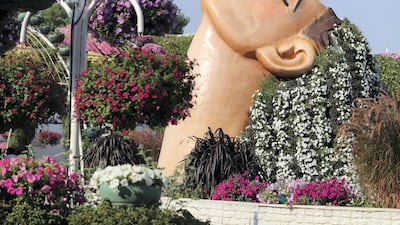As Dubai prepares to become a green haven under the new urban plan announced by Sheikh Mohammed bin Rashid, Prime Minister and Ruler of Dubai, here are some of the Middle East's most distinctive urban parks.
Majorelle Gardens, Marrakesh, Morocco
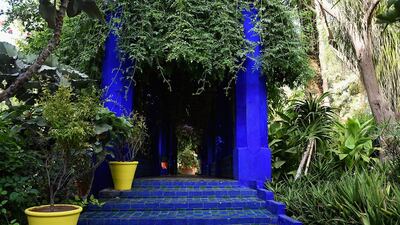
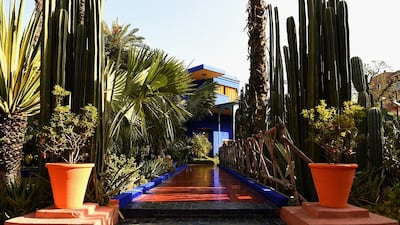
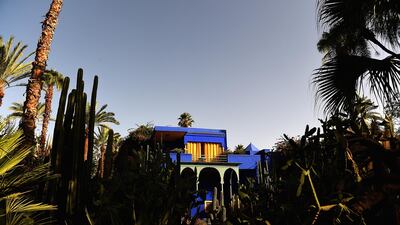
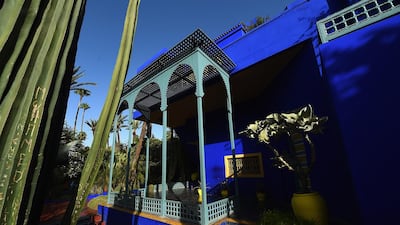
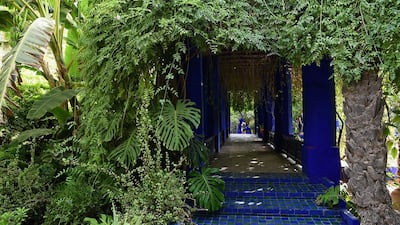
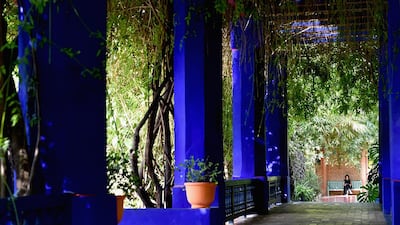
Four decades in the making, this five-hectare garden resonates with birdsong as bulbuls, grey wagtails and turtle doves make their way around the foliage they call home.
Created by French artist Jacques Majorelle in the 1920s, this refuge in the heart of Marrakesh was restored in the 1980s by Algeria-born fashion designer Yves Saint Laurent.
As well as banana trees, bamboo, cacti and water lilies, the Majorelle home has marble pools and channels, feeding the life that thrives there.
The Persian Garden, Iran
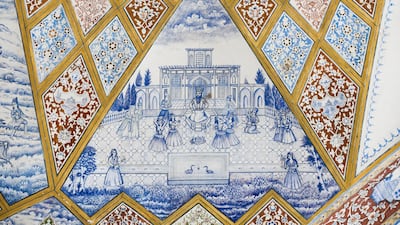
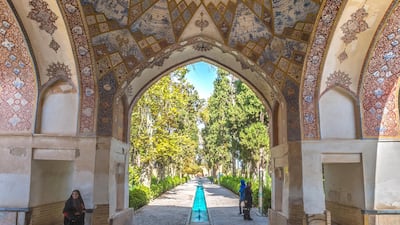
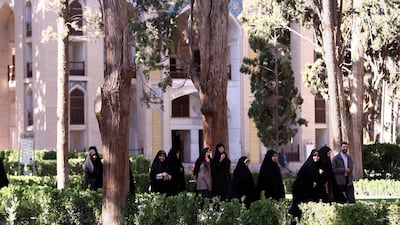
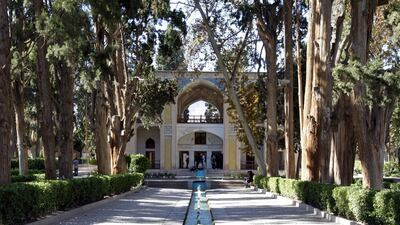
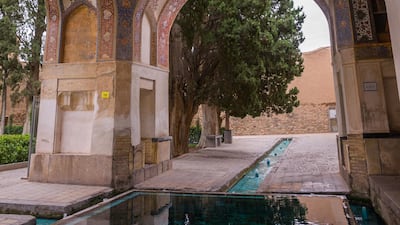
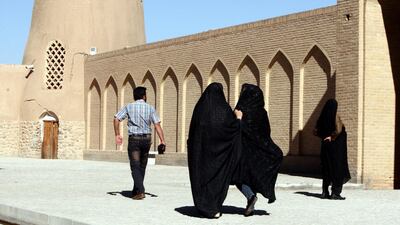
These nine parks, each in a different province, were recognised collectively by Unesco as epitomising Persian garden design.
Divided into four sections representing the Zoroastrian elements of sky, earth, water and nature, they date back to the sixth century and are thought to have influenced garden design in west Asia and beyond.
“The perfect design of the Persian Garden, along with its ability to respond to extreme climatic conditions, is the original result of an inspired and intelligent application of different fields of knowledge, ie technology, water management and engineering, architecture, botany and agriculture,” Unesco says on its World Heritage website.
The Bahai Gardens, Haifa, Israel
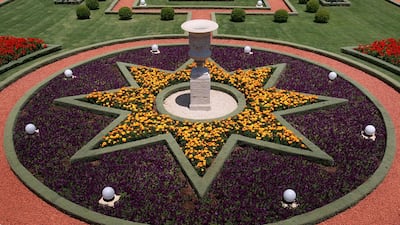
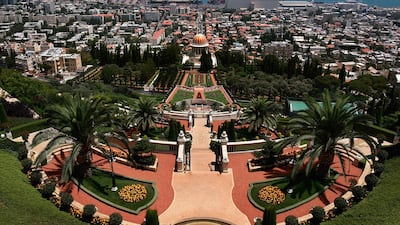
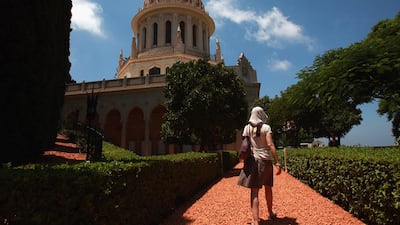
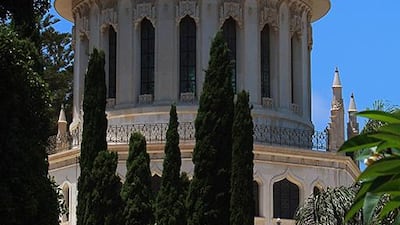
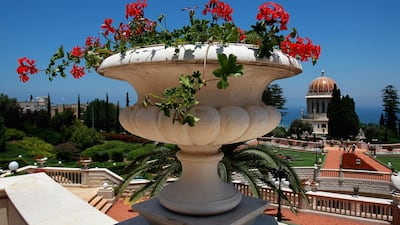
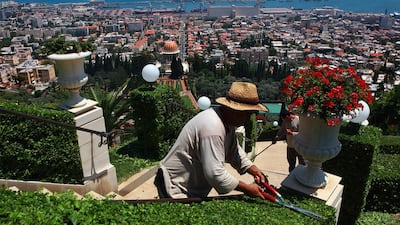
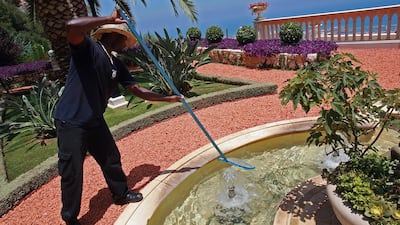
Embracing symmetry and the interplay of light and shade, this meticulously designed space includes resting areas in which trees and shrubbery offer respite from the heat.
The variety of plants growing there is intended to celebrate diversity, and it surrounds one of the Bahai faith’s most sacred shrines, the Bab, where the founder of the religion was laid to rest.
Although work on the terrace began in the 1980s, it opened officially in 2001. Seventeen years later, it was declared a Unesco World Heritage Site.
Miracle Garden, Dubai, UAE
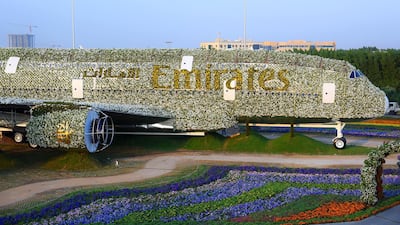
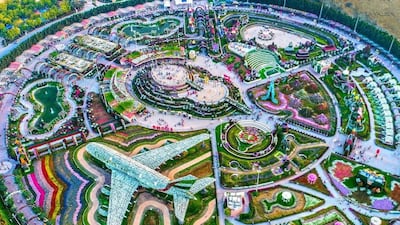
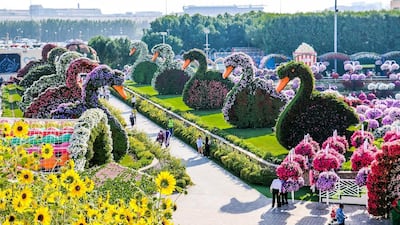
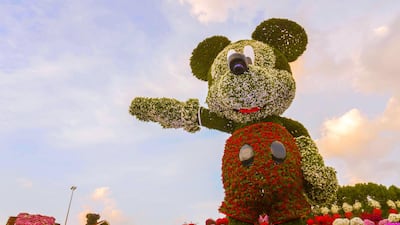



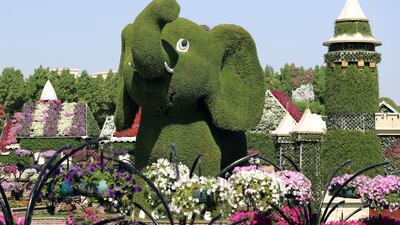

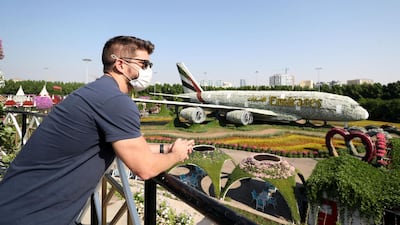



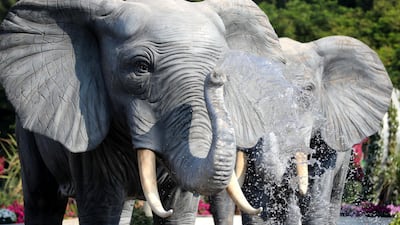
In the Emirati desert, more than 150 million flowers can be seen in full bloom.
The haven opened nine years ago and is alive with vibrant colours and shapes occupying 72,000 square metres.
Not short of superlatives, the world’s largest natural flower garden houses the shell of an Emirates Airbus A380 adorned with half a million plants.
To truly take in every attraction in the Miracle Garden would be near impossible, but it’s certainly worth a try.
Riyadh Green Project









Launched in 2019, the Riyadh Green Project relies heavily on afforestation, the process of planting trees – 7.5 million, to be precise.
Once complete, parks, mosques, schools, universities and clinics will be filled with lush greenery, as will King Khalid International Airport.
Irrigation networks relying on recycled water will also be built to nurture the trees, some species of which will be selected and sited to offer shade.
Horsh Beirut

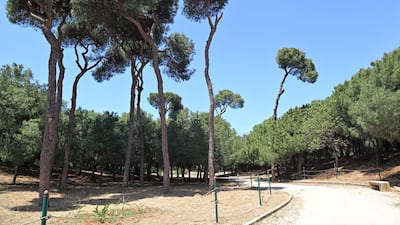
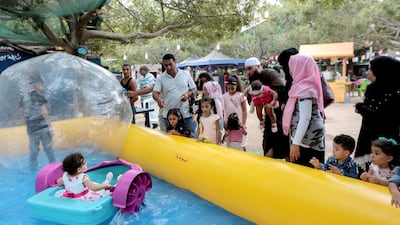
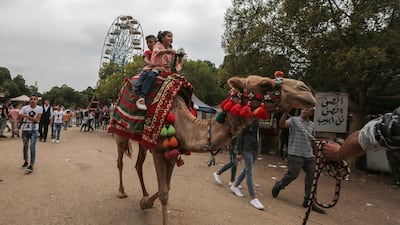
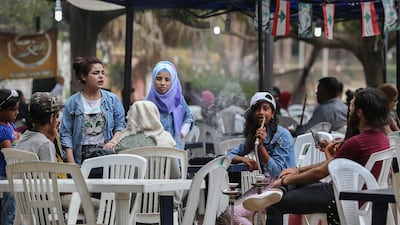
This ancient park was a pine forest in medieval times and has a history as turbulent and fascinating as the city around it. The site of a racecourse in the 1920s, it later hosted Palestinian refugees and was bombed by Israeli jets during the 1982 civil war.
For five years, until Covid-19, it was one of Beirut’s most popular picnic destinations.
Why only five years? Sadly, the government closed the park for restoration after the Lebanese civil war in 1990, and the site remained closed for 25 years.
Public access was later allowed, but remained highly restricted. Hopefully, Lebanon’s Covid-19 and political crises might abate this year, meaning its people can once again enjoy this peaceful retreat.
Zawraa and Qushla parks, Baghdad
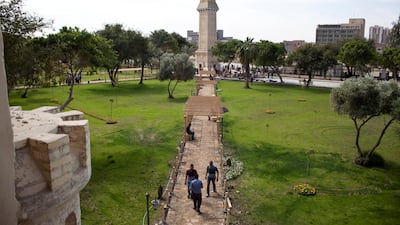
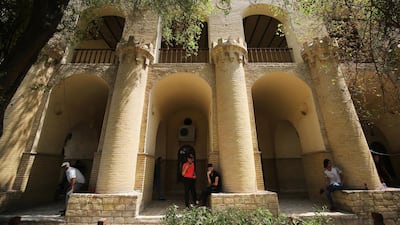
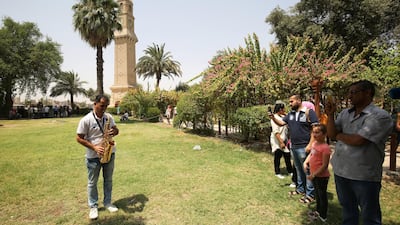
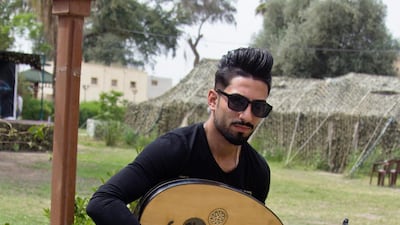
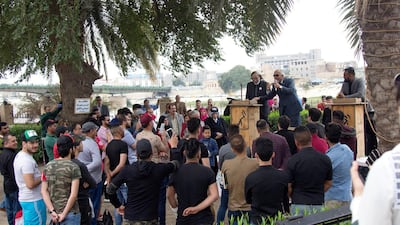
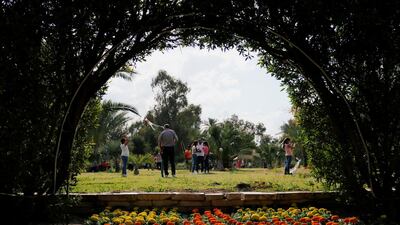
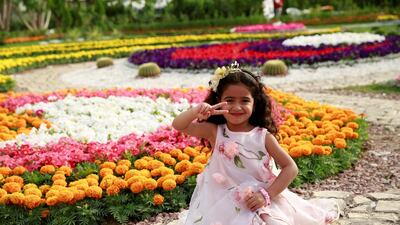
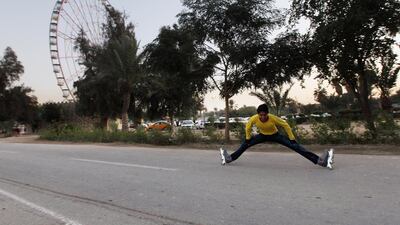
Last but by no means least, Baghdad is home to some delightful parks.
Zawraa, which used to be a military base, now contains an amusement park and a zoo, and it hosts a fantastic flower festival each April.
Although the park has closed intermittently owing to the pandemic, members of the public can sometimes visit, after walking through a cloud of disinfectant mist.
Travelling to the park from as far afield as Fallujah, families can take a welcome break from the bustle of Baghdad and perhaps, for a few joyful hours, forget Iraq’s many troubles.
Qushla Park, on the banks of the River Tigris, hosts a 19th century Ottoman clock tower.
Small and scenic, the park is at the end of the capital’s Al Mutanabi Street, home to one of the oldest known book markets in the world.
It often hosts art exhibitions and poetry recitals, such as the one pictured below.
